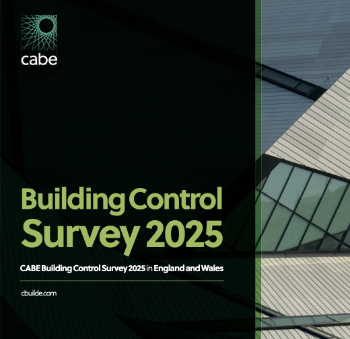File:Finalessay.pdf
Abstract. The change in the environment continues to grow into a crisis, with the building of ‘shelters’ responsible for the consumption of almost 17 percent of the world’s pure fresh water, twenty five percent of the world’s wood harvest, and forty percent of the world’s fossil fuel and prefabricated materials, as a result the building sector is the leading contributor to climate change and environmental crisis around the world. It would seems like many architects are oblivious to these statistics, as a majority of architects continue to design buildings and structures that have principles rooted in the style, force and industrial technology movements associated with architects like Le Corbusier, and other twentieth century designs. It’s hard to understand how this happened, what steps occurred between early civilization Mesopotamia and Egypt architecture and the present modern contemporary architecture in metropolis cities like New York? What affects has architecture and the building industry had on the environment? What makes a ‘green’ building? In this essay I discuss the number of ideas, history and design concepts of ‘ecological architecture’, including a review of ancient to 20th century green architecture, and to what degree of success they have achieved in helping contemporary architects design a sustainable environment. Was it based on the materials used at the time or the ideas behind the designs? My essay also explores the various influences of great Modernist architects have had on new designs since early modernism. In 1923 Modernist pioneer Le Corbusier declared a new industry filled with new technologies, materials, and ideologies, and since, If you ask any architect now in 2012 to draw their dreams for a visionary building in the world of the future, their visions will “invariable look like a prophetic sketch that might have come from the hand of a Constructivist architect” from the 1920s. Finally this essay discusses new sustainable designs past and present involved in city rebuilding and re-planning towards a green future city, as well as the various features designers often ignore, recommendations of solutions which could help achieve a simultaneous interaction between architecture and the environment” ,as well as the role architecture plays in this “new age of ecology” caused by the aftermath of man’s dominance over the earth, and its unintentional plans to ‘clog the rivers, pollute the air, foul the beaches, poison the soil, and impose general havoc on nature’.
File history
Click on a date/time to view the file as it appeared at that time.
| Date/Time | Dimensions | User | Comment | |
|---|---|---|---|---|
| current | 08:27, 13 December 2012 | (1.18 MB) | Aowusu (Talk | contribs) | (Abstract. The change in the environment continues to grow into a crisis, with the building of ‘shelters’ responsible for the consumption of almost 17 percent of the world’s pure fresh water, twenty five percent of the world’s wood harvest, and for) |
- Edit this file using an external application (See the setup instructions for more information)
File usage
There are no pages that link to this file.
Featured articles and news
Designing Buildings reaches 20,000 articles
We take a look back at some of the stranger contributions.
Lessons learned from other industries.
The Buildings of the Malting Industry. Book review.
Conserving places with climate resilience in mind.
Combating burnout.
The 5 elements of seiri, seiton, seiso, seiketsu and shitsuke.
Shading for housing, a design guide
A look back at embedding a new culture of shading.
The Architectural Technology Awards
The AT Awards 2025 are open for entries!
ECA Blueprint for Electrification
The 'mosaic of interconnected challenges' and how to deliver the UK’s Transition to Clean Power.
Grenfell Tower Principal Contractor Award notice
Tower repair and maintenance contractor announced as demolition contractor.
Passivhaus social homes benefit from heat pump service
Sixteen new homes designed and built to achieve Passivhaus constructed in Dumfries & Galloway.
CABE Publishes Results of 2025 Building Control Survey
Concern over lack of understanding of how roles have changed since the introduction of the BSA 2022.
British Architectural Sculpture 1851-1951
A rich heritage of decorative and figurative sculpture. Book review.
A programme to tackle the lack of diversity.




















